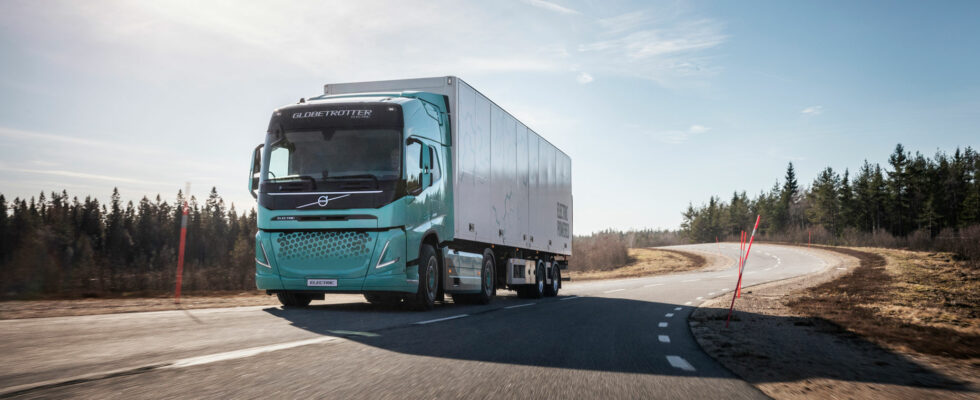The issue is critical for the environmental future: the decarbonization of heavy goods vehicles. The European Union has made this one of its priorities, but are we really up to the task of meeting this challenge?
Parliamentarians are on the verge of giving their opinion through a vote on reducing CO emissions2 caused by heavy goods vehicles (trucks, coaches and buses), but the measure is viewed with concern by manufacturers. Although this is necessary given the urgency of the situation, transforming the sector will not happen overnight. Even companies like Volvo or Renault are already well advanced in terms of the electrification of their truck fleets, the majority of heavy goods vehicles in Europe run on diesel.
The EU’s ambitious objectives in the face of the industrial challenge
Although solutions such as inductive charging are being explored for freight trucks, heavy goods vehicles today remain responsible for 6% of greenhouse gas emissions in the EU. On the scale of road transport as a whole, this figure rises to 25%. In this context, the European Commission is proposing very drastic measures to mitigate the phenomenon. By 2030, she would like to see these emissions reduced by 45%. In 2035, by 65% and 90% in 2040. Quantitative objectives accompanied by another measure: that of producing only CO neutral buses2 from the year 2030.
A project that the builders describe as a “ gigantic challenge “. The Association of European Automobile Manufacturers (ACEA), for its part, is a little less conciliatory. She believes that these objectives are unachievable if adequate infrastructure or incentive measures are not put in place.
Infrastructure and competitiveness: the keys to the transition
Voting and having ambitions is excellent. Putting in place what is needed on the ground to support the desired transformation is even better. This is why the installation of charging stations dedicated to electric trucks is a priority for MEPs. The latter voted for a vast plan to install this type of stations every 120 km on major European roads. For ACEA, this means that 50,000 electric charging stations and 700 special hydrogen stations will be necessary to modernize the network.
A crucial development first from an environmental point of view, but also from the perspective of competitiveness. Indeed, the historic European brands (Daimler, Volvo or Mercedes) could quickly fall behind on their own territory compared to other more recent manufacturers (BYD, Nikola or Tesla).
Among all the environmental issues facing the EU, that of the energy transition of heavy goods vehicles is quite a challenge. It is first of all an industrial challenge before being institutional, and excellent collaboration between the different actors will be necessary to successfully complete the project.
Source : Clean Automotive

7